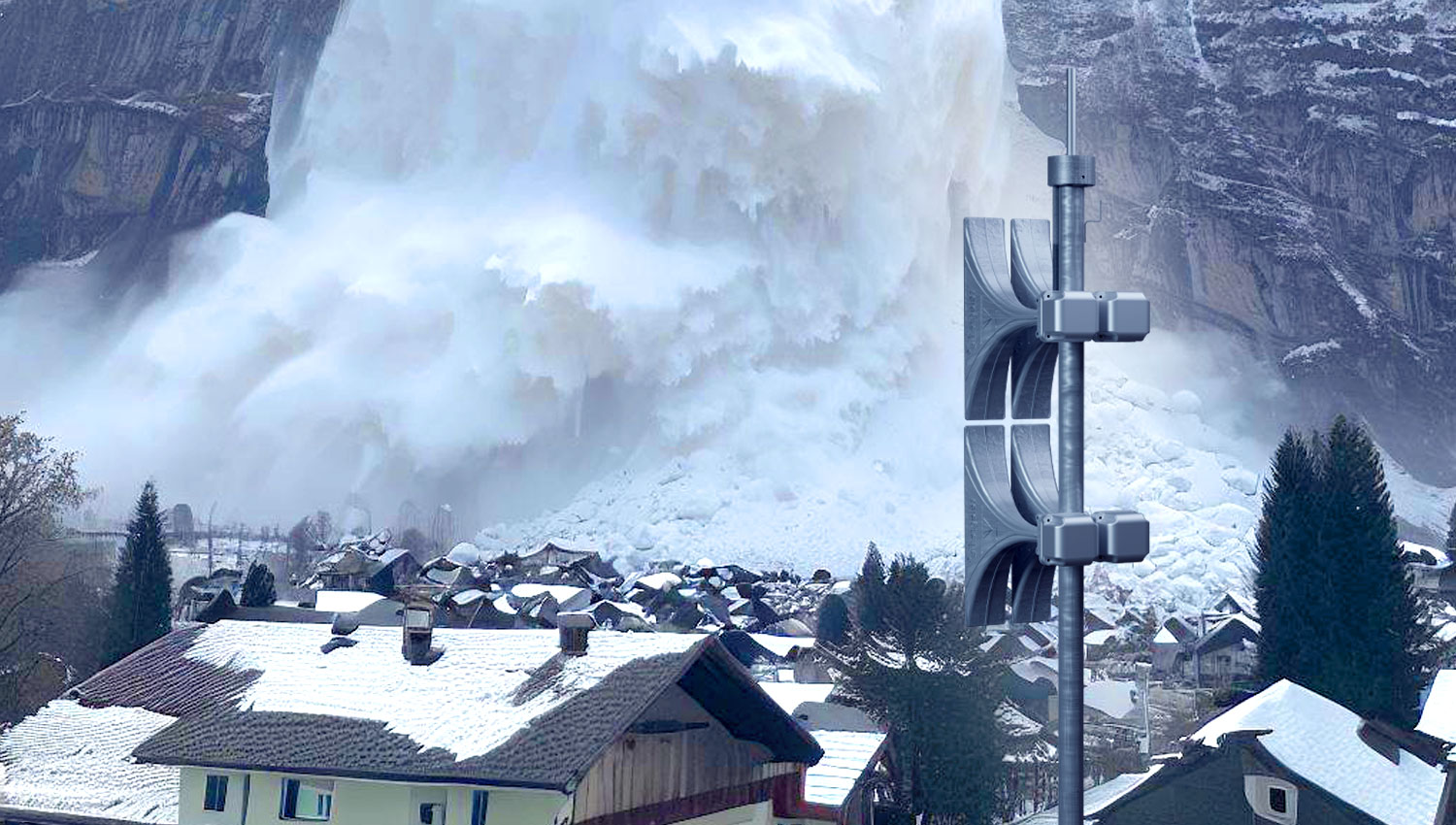nightglow.info – Avalanches are one of nature’s most powerful and unpredictable forces, silently lurking in snow-covered landscapes and posing significant risks to those who venture into mountainous regions. Understanding what causes these snow slides is crucial for both outdoor enthusiasts and safety experts alike.
What is an Avalanche?
An avalanche is a rapid flow of snow down a sloping surface, often triggered by natural forces or human activity. While they can vary in size and severity, avalanches have the potential to cause widespread destruction to both property and life.
Types of Avalanches
Avalanches are typically categorized into different types based on their characteristics:
- Slab Avalanches: These occur when a cohesive layer of snow breaks away from the layers beneath. They are the most dangerous type due to their ability to carry large volumes of snow.
- Loose Snow Avalanches: Also known as “point-release” avalanches, these begin at a single point and widen as they descend, typically involving loose, non-cohesive snow.
- Wet Avalanches: Formed when water infiltrates the snowpack, these avalanches are slower but can be incredibly destructive due to their heavy, dense nature.
- Ice Avalanches: Resulting from the collapse of a glacier or ice field, these are less common but can be large in scale.
Causes of Avalanches
Several factors can trigger avalanches, including:
- Weather Conditions: Heavy snowfall, rapid temperature changes, and wind contribute significantly to avalanche risk. Snowstorms can add weight to a snowpack, while wind can create unstable snow drifts.
- Snowpack Structure: The stability of a snowpack depends on its layers. Weak layers, often caused by temperature changes or previous weather conditions, can fail under additional stress.
- Terrain: The slope angle is critical, with most avalanches occurring on slopes angled between 30 and 45 degrees. Certain terrain features, like gullies or cliffs, can also funnel avalanches and increase their force.
- Human Activity: Skiers, snowboarders, and snowmobilers can inadvertently trigger avalanches, especially when venturing off marked trails or into unmonitored areas.
Mitigating the Risk
Understanding the causes and conditions that lead to avalanches is essential in preventing them. Here are some strategies for mitigating risk:
- Education and Awareness: Training programs and educational resources can equip individuals with the knowledge to identify avalanche-prone conditions and make informed decisions.
- Monitoring and Forecasting: Technology and expert analysis are used to monitor snow conditions and forecast avalanche risk, allowing for timely warnings and closures of dangerous areas.
- Safety Equipment: Personal safety gear, such as avalanche beacons, probes, and shovels, is essential for anyone traveling in avalanche-prone areas. Avalanches airbags can also provide additional protection.
Conclusion
Avalanches, though silent, pose a significant threat to mountain safety. By understanding their causes and taking proactive measures, we can minimize the risks and protect both lives and landscapes from their devastating impact. Whether you’re an adventurer or a safety professional, knowledge and preparedness are your best defenses against this formidable natural phenomenon.
